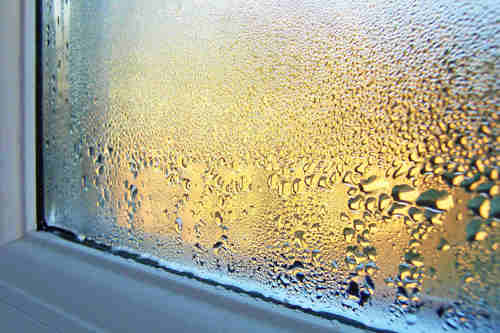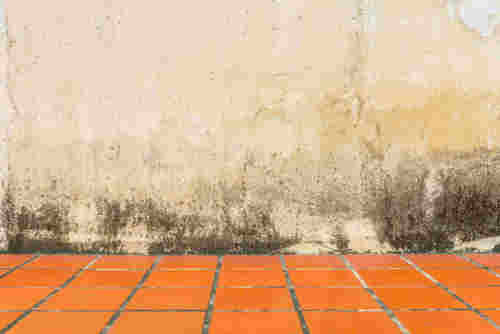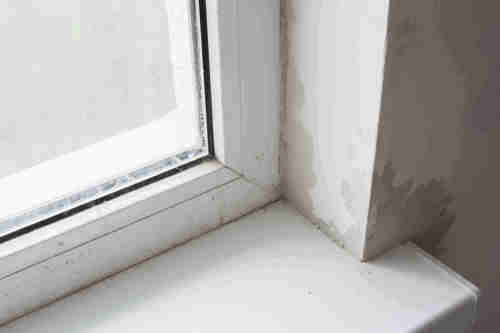There are many different types of damp and mould. These are the most common.
Condensation
Condensation happens when your home is too humid and the warm air hits cold surfaces making it cool quickly.

| Signs of condensation | Tips to help prevent condensation |
|---|---|
| Water droplets on nearby surfaces such as walls and windows | Open windows regularly or put them on vent |
| Wet walls with peeling paint | Dry clothes outside or in a small room with the window open |
| Damaged plaster | Keep internal doors closed to stop moist air moving around the house |
| Keep a gap between furniture and walls for air flow to circulate |
Rising damp
This is when moisture from the ground travels up through the walls.

| Signs of condensation | Tips to help prevent condensation |
|---|---|
| Water droplets on nearby surfaces such as walls and windows | Open windows regularly or put them on vent |
| Wet walls with peeling paint | Dry clothes outside or in a small room with the window open |
| Damaged plaster | Keep internal doors closed to stop moist air moving around the house |
| Keep a gap between furniture and walls for air flow to circulate |
Penetrating damp
This is when water is getting into the home through an external wall. This may be because of damaged bricks, windows or tiles, blocked gutters or leaks.

| Signs of condensation | Tips to help prevent condensation |
|---|---|
| Water droplets on nearby surfaces such as walls and windows | Open windows regularly or put them on vent |
| Wet walls with peeling paint | Dry clothes outside or in a small room with the window open |
| Damaged plaster | Keep internal doors closed to stop moist air moving around the house |
| Keep a gap between furniture and walls for air flow to circulate | |
| Drips and puddles inside |

